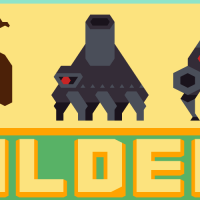Storytelling is vastly different between mediums. The most prominent shift in storytelling today comes in the form of changing from the two-dimensional interface of a computer monitor or projector screen to the three-dimensional interactive environment of virtual reality. A characteristic aspect of the former, more familiar, medium, is the knowledge of the viewer that they are in a different world. Breakages of the fourth wall in this context tickle the viewer’s funny bone, but don’t distract too much from the content of the story because of this knowledge. In VR, however, fourth wall breaks ruin an illusion that is much more concrete.
Storytelling in VR is not without benefits, however. A 360 degree view is a wondrous narrative tool. The heightened sense of immersion that it instills offers a more convincing main character. The phrase “take a walk in their shoes” suddenly has a more real application. In VR, the viewer can choose where they look and in some cases, indeed how they act. In giving the player has more agency, though, the “director” or creator of the story, has less control. Each instance of a VR story is wildly different due to the actions of the viewer, which could detract from the creator’s intent.
This, then, is the crux of the problem of interaction in storytelling. If the player is given less interactive options, they feel less immersed. If they are given more interactive experiences, there’s a less coherent narrative.
04/14/2018
